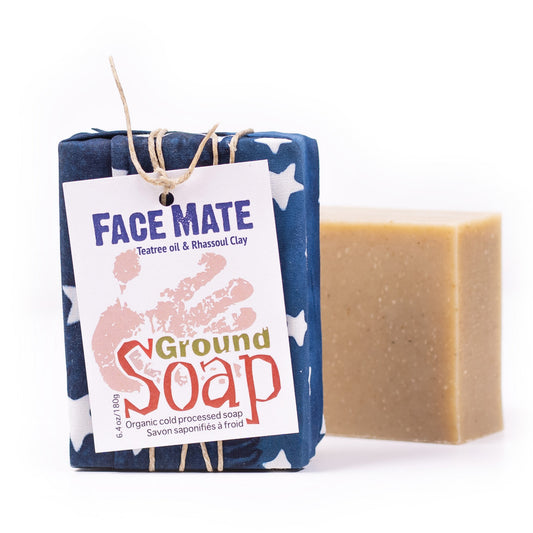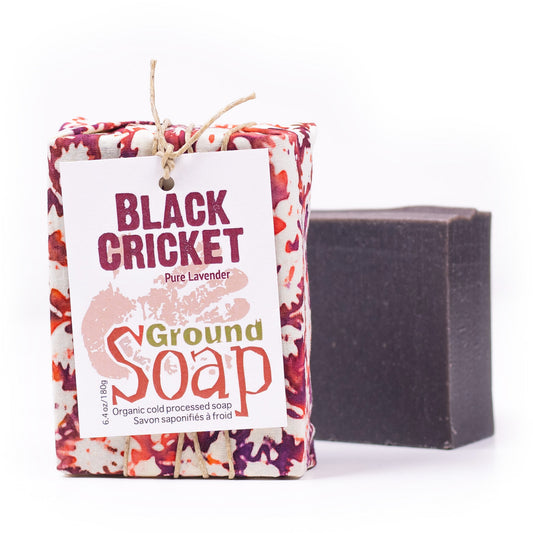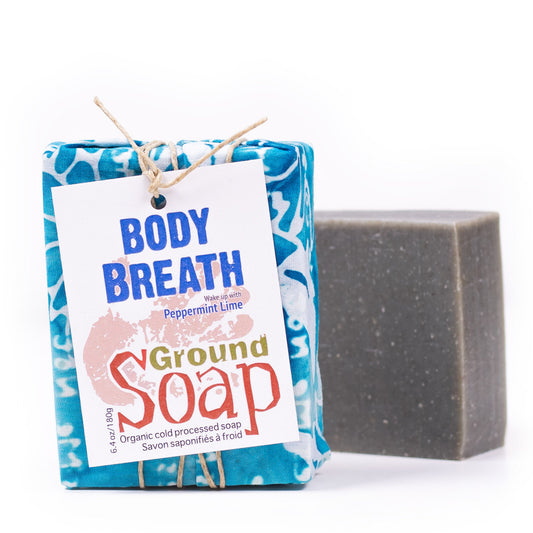The short answer is yes, our skin absorbs quite a bit of what we put on it and much has been reported about toxins that come into contact with our skin in our daily routines and how they can find their way into our bodies through a process called dermal absorption. There’s both confusion and skepticism about exactly what this means and what, if anything, we can do about it.
A good place to start may be a bit of what is known about the actual science. Gerald B. Kasting, professor of Pharmaceutics and Cosmetic Science at the James L. Winkle College of Pharmacy in Cincinnati is a leading researcher in the field of chemical absorption through the skin. According to Kasting’s research there are many factors that affect the amount and rates of absorption of different compounds through our skin. These include the type of compound itself, the method by which it’s applied to the skin and where on the skin it’s applied. But one thing his evidence points to irrefutably is the fact that human skin readily absorbs many compounds that it comes into contact with in the environment. This research is used in assessing the risks involved with handling chemicals in the workplace, for use in the development of topical drugs, and also how chemicals in cosmetics and personal hygiene products are absorbed.
There are three ways that toxins can penetrate the skin. It's easy to think that the likely way for something to pass through skin would be through hair follicles and while this is possible, it's not the easiest way. The first is through the spaces between skin cells that are filled with fluid and fats. Foreign material can pretty easily slip through and eventually enter the body, especially if it's soluble in oil. Trans-cellular penetration is when very small molecules entering into and being passed from one cell to another through the semi-permeable cell walls. The final method is through appendages like hair follicles and sweat glands. Contrary to what you might think though, this is actually the least likely pathway due to the very small surface area that it represents.
The main reason that any critical study at all is being done in this field is that it has recently been discovered that overall buildup of workplace chemicals in the body were actually attributed more to uptake by the skin than by inhalation or ingestion. Solvents are particularly prone to uptake due to their lipophilicity, (ability to dissolve in fats and oils), but there are over 160 chemical families that have a skin notation assigned by the American Conference of Industrial Hygienists. Work in the UK and Europe is now being done to change the safety laws surrounding chemicals in the workplace to include the risks posed by skin absorption. Dr. Sean Semple of the department of Environmental & Occupational Medicine at the University of Aberdeen has written a very informative article on the subject of workplace chemical absorption and it can be found here. http://oem.bmj.com/content/61/4/376.full
While the workplace may seem to be the most likely place to be exposed to chemicals that can be absorbed by our skin, we should also look at our everyday environment. In a study done by the Montana Department of Environmental Quality it was found that the average household uses roughly 25 gallons of products at home each year that contain chemicals. Of the roughly 17000 chemical compounds found in these products, only 30% have actually been tested to determine their effects on human health. The study found that the environment inside our homes can actually be up to five times more polluted that the environment outside. Furthermore, manufacturers of these chemicals are often not even required to list all of the ingredients in a product. Inactive or inert chemicals like solvents, dyes and fragrances can make up 90% of a product’s volume but not even be listed in the ingredients.
So we’ve established that there are chemicals all around us in our everyday lives and in the places where we work. We’ve established that our skin will readily absorb many of these chemicals and they will eventually end up in our bodies. But what happens next? That depends on what type of chemical is absorbed.
There are three common chemical groups found in household products that can cause harm to humans. These are carcinogens, reproductive toxins, and endocrine disrupters and I’ll take a look at each in detail over the next few weeks in this blog.
Until then, don’t worry too much about the details of all of this. It may sound alarming now but it’s the way we’ve been living for most of our lives. There are many small changes that we can all make in our daily routines that will reduce the risks to our families and ourselves from these chemicals and I hope to propose simple solutions that don’t cost a fortune in the coming weeks.
Angela Youngs
Angela is the owner of Ground Soap, an organic soap company in Ontario, Canada.





